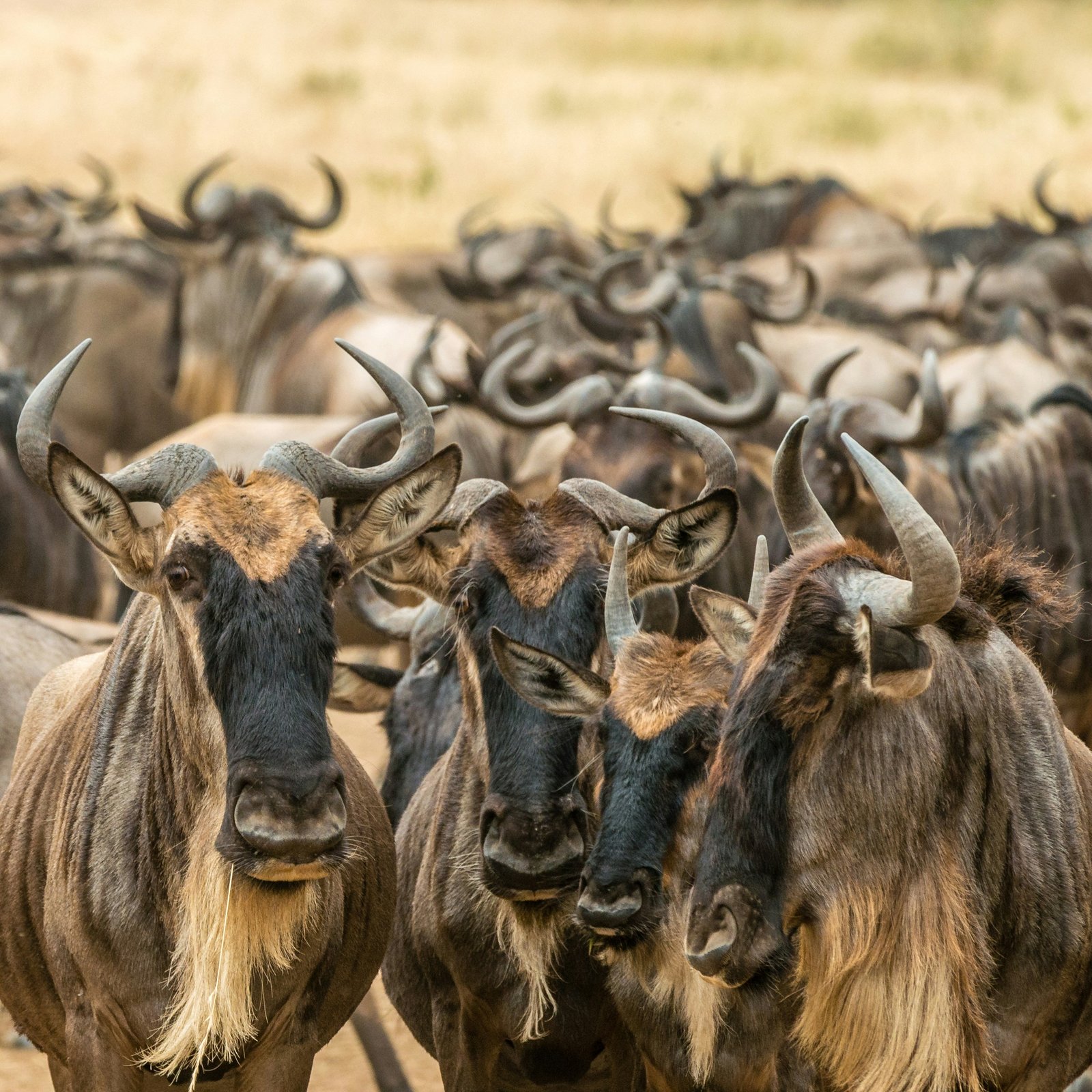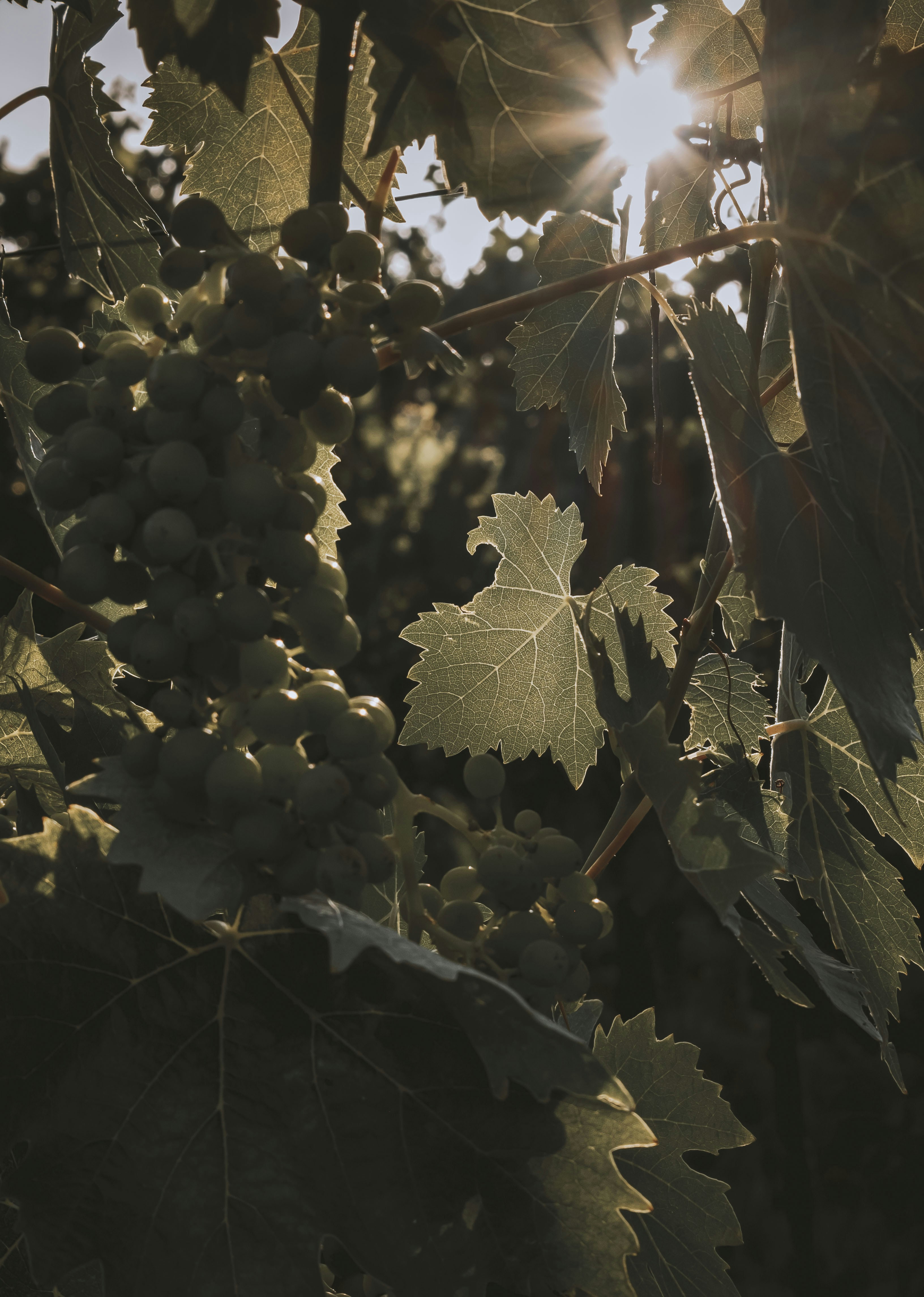

Introduction to Wildebeest
The wildebeest, also known as the gnu, is a large antelope native to Eastern and Southern Africa. Known for their iconic mass migrations, wildebeests play a crucial role in the savanna ecosystem. This tutorial will guide you through the essential aspects of understanding and studying these fascinating creatures.
Identifying Wildebeest
Wildebeests are characterized by their robust build, long legs, and distinctive horns that curve outward. They belong to the genus Connochaetes and are divided into two species: the blue wildebeest and the black wildebeest. Learning to identify these species can be achieved by noting their unique physical and behavioral traits.
Habitat and Distribution
The wildebeest primarily inhabits the grasslands and savannas of Africa. They are predominantly found in countries such as Kenya, Tanzania, Botswana, and South Africa. Understanding their habitat is crucial for studying their migration patterns and their interactions with the ecosystem.
The Great Migration
One of the most extraordinary phenomena in the animal kingdom is the Great Migration of the wildebeest. This annual event sees over 1.5 million wildebeests travel across the Serengeti and Maasai Mara in search of fresh grazing grounds. Observing this migration provides insights into their survival strategies and the challenges they face.
Conservation Efforts
Wildebeests are currently classified as Least Concern by the IUCN, but they face threats from habitat loss, poaching, and climate change. Conservation efforts are essential to ensure their survival and to maintain the balance of the savanna ecosystem. Organizations and governments work together to protect these animals through various initiatives and protected areas.
Conclusion
Studying wildebeests offers a glimpse into the complex dynamics of African wildlife. By understanding their behavior, habitat, and the challenges they face, we can contribute to their conservation and appreciate the incredible natural heritage they represent.
RELATED POSTS
View all

